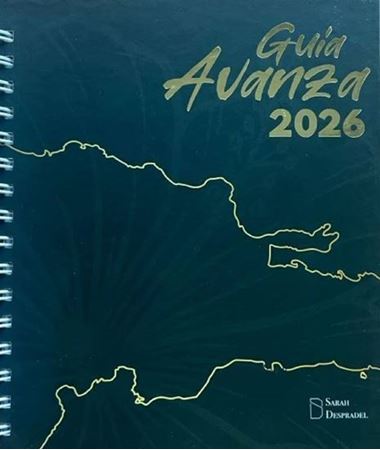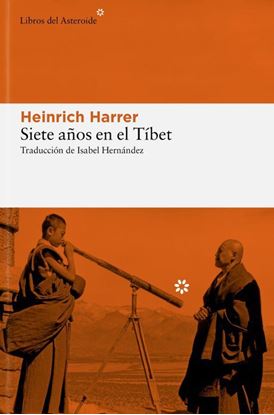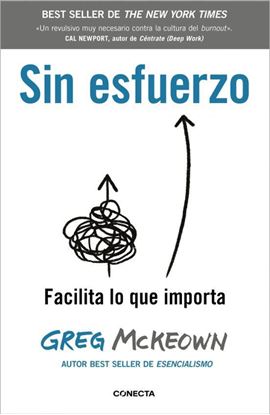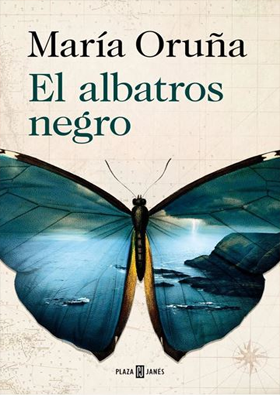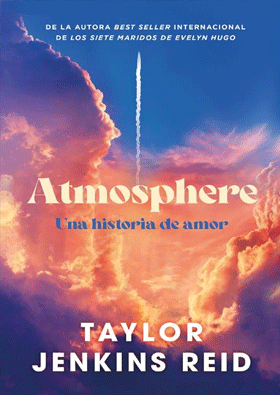

NOVEDADES
SIETE AGUJAS DE COSER (LIMITED) (BOL)
Madrid, 1991. Siete mujeres muy diferentes coinciden en una pequeña academia de costura donde compartirán la historia de sus vidas. Cada una tiene un motivo distinto para aprender a coser y, entre telas, patrones y alfileres, todas ellas irán conectando con partes de sí mismas que creían olvidadas, descubrirán el poder terapeutico de la amistad entre mujeres y, puntada tras puntada, hilvanarán el relato de sus amores, dolores y secretos familiares.
Una historia inolvidable que nos muestra que en la costura, como en la vida, casi todo tiene remedio; que equivocarse y aprender van de la mano, y que cada puntada siempre encierra una enseñanza.
650
SIETE AÑOS EN EL TIBET
En 1939, el estallido de la guerra sorprendió en la India a una expedición alemana que intentaba el ascenso al Nanga Parbat. Sus miembros fueron recluidos por los británicos en un campo de prisioneros. Uno de ellos, el austriaco Heinrich Harrer, consiguió huir del campo y llegar hasta el Tíbet, un país neutral pero en el que los extranjeros tenían prohibida la entrada. Junto con su compatriota Peter Aufschnaiter recorrió más de dos mil quinientos kilómetros a pie para llegar a Lhasa, la ciudad prohibida, donde, tras imbuirse de la lengua y cultura tibetanas, se convertiría en profesor y amigo del joven dalái lama.
Publicado por primera vez en 1952 y considerado un clásico de la literatura de aventuras, Siete años en el Tíbet es la apasionante crónica de la epopeya de Harrer, de su heroico viaje a través de uno de los territorios más hostiles de la tierra, y de los años que pasó en el Tíbet feudal, anterior a la anexión china del país, un lugar que muy pocos occidentales habían visitado hasta entonces. La suya no solo es una historia de coraje y perseverancia, sino también una mirada inédita a un mundo que vivía, sin saberlo, sus últimos días.
1,800
SIETE CASAS VACIAS
Las casas son siete, y están vacías. La narradora, según Rodrigo Fresán, es «una científica cuerda contemplando locos, o gente que está pensando seriamente en volverse loca». Y la cordura, como siempre, es superficial.
Samanta Schweblin nos arrastra –desde hace diez años– hacia Siete casas vacías y, en torno a ellas, empuja a sus personajes a explorar terrores cotidianos, a diseccionar los miedos propios y ajenos, y a poner sobre la mesa los prejuicios de quienes, entre el extrañamiento y una «normalidad» enrarecida, contemplan a los demás y se contemplan.
La prosa afilada y precisa de Schweblin, su capacidad para crear atmósferas densas e inquietantes, y la estremecedora gama de sensaciones que recorren sus cuentos han hecho a este libro uno de los más importantes de la última década.
1,300
SIETE CUENTOS JAPONESES
Recomiendo leer con atención el prólogo de Ednodio Quintero sobre la vida y obra de Tanizaki, y sobre sus contrapuestas etapas de seguidor de las modas occidentales y después fiel continuador de las tradiciones japonesas.» Joaquín Arnáiz, La Razón «Lean con golosa avidez Los dos novicios, Los pies de Fumiko y Nostalgia de mi madre. Tres variantes –de siete– para celebrar sin mesura la poética narrativa de Junichiro Tanizaki, tan vital como bella, elíptica y sugerente.» Robert Saladrigas, «Cultura|s», La Vanguardia La refinada sensualidad, la subversiva idea del deseo, la sutil concepción de la belleza y el permanente contraste entre tradición y modernidad se condensan de forma proverbial en esta selección de siete relatos, elegidos entre una vasta producción y ordenados cronológicamente. En ellos, el lector percibirá la evolución de la narrativa breve de Tanizaki, desde su fascinación inicial por Occidente hasta la exaltación de los valores de la tradición japonesa.
1,650
SIETE MANERAS DE ALCANZAR LA FELICIDAD
La filosofía antigua como guía para vivir en plenitud.
Hoy en día, la búsqueda de la felicidad es una de nuestras obsesiones, hasta tal punto que muchas personas han llegado a pensar que se trata sólo de una palabra vacía. Ante la multiplicación de libros de autoayuda que
prometen la felicidad instantánea, muchos piensan que es más importante ser justo, solidario, decente, virtuoso o seguir los preceptos de una religión o una propuesta espiritual, moral o política. Sin embargo, los filósofos griegos y latinos, a pesar de discutir acerca de cualquier asunto humano o divino, estaban de acuerdo casi sin excepción en una cosa: el sentido de la vida debe ser la búsqueda de la felicidad.
En este libro conoceremos siete maneras de buscar la felicidad según los pensadores de la antigua Grecia (y algún romano). Sabremos qué pensaban de la felicidad escuelas rivales como las de los estoicos, los epicúreos, los hedonistas o cirenaicos, los aristotélicos o peripatéticos, los platónicos o los escépticos.
1,600
SIMIOS APOSTOLES
Pese a la autocomplacencia de muchos de sus cultivadores, no es un secreto para nadie que tanto la crítica de literatura y pensamiento como el llamado periodismo cultural están bajo mínimos, en parte por la precarización de los medios pero también o sobre todo por las evidentes carencias de las plumas que se limitan a ejercer como terminales de propaganda. En este panorama degradado sobresalen tanto más los autores que recogen el testigo de los grandes para combinar el conocimiento y la independencia de criterio, lejos de la corrección y los lugares comunes. Caracterizada como de costumbre por la variedad, la erudición y la ironía, la nueva recopilación de ensayos de Juan Bonilla se abre con una colección de ácidas y chispeantes notas, seguidas de aproximaciones a Unamuno, Kafka y Borges. Reflexiones sobre la fotografía, las humanidades y la ciudad completan un amenísimo volumen donde el jerezano derrocha originalidad, brillantez y frescura, cualidades que han convertido al narrador y poeta en un crítico y articulista ineludible. «Los libros son espejos: No puede un simio que se asoma a ellos esperar que quien salga reflejado sea un apóstol. Lo dijo Lichtenberg, y sin embargo… Quizá los grandes libros son precisamente los antiespejos: muestran a los simios que se asoman que en todos ellos hay algo de apóstol, y sobre todo les recuerdan a los apóstoles que van a contemplarse que al fondo de sus ojos sigue habitando un simio».
1,250
SIN EGO, SIN PROBLEMAS
Chris Niebauer empezó a darse cuenta allá por los años noventa, cuando solo era un joven estudiante universitario, de los asombrosos paralelismos que existían entre los más novedosos descubrimientos de la psicología y la neurociencia y las enseñanzas del budismo, el Taoísmo y otras escuelas de pensamiento oriental. Apasionado por el asunto desde entonces, se sorprendió mucho cuando presentó sus hallazgos al respecto en la universidad y estos fueron rápidamente descartados como fruto de una «pura coincidencia».
Veinte años después, habiéndose convertido Niebauer en profesor de neuropsicología cognitiva, la conexión que encontró años atrás entre budismo y ciencia tiene ya un lugar propio en las estanterías de las librerías y en la investigación internacional. Y aun así, y según este experto, tan solo estamos empezando a vislumbrar el alcance de dicha conexión y lo que estas ideas significan para la experiencia humana.
950
SIN ESFUERZO
¿Alguna vez has sentido que estás al borde del agotamiento? ¿Trabajas más rápido, pero no consigues acercarte a tus objetivos? ¿Sabes que una tarea es importante y aun así batallas para llevarla a cabo? ¿Querrías hacer mayores aportaciones, pero no tienes la energía que requiere? ¿Sientes que las cosas se han vuelto más difíciles de lo que ya eran?
1,450












